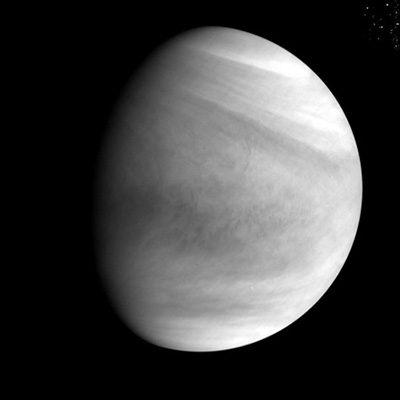No communications with new Japanese X-ray telescope
Bad news: Engineers have not been able to establish communications with Japan’s new X-ray telescope, Hitomi, since it was launched last month.
The JAXA announcement is very terse, and somewhat unclear, as its wording suggests that communications were not scheduled to begin until yesterday, even though the spacecraft was launched February 17. To me that does not sound right. Regardless, failure to establish communications at the beginning of a flight is usually a very bad thing, as it usually means something fundamental failed at launch and is thus difficult to fix or overcome.
Bad news: Engineers have not been able to establish communications with Japan’s new X-ray telescope, Hitomi, since it was launched last month.
The JAXA announcement is very terse, and somewhat unclear, as its wording suggests that communications were not scheduled to begin until yesterday, even though the spacecraft was launched February 17. To me that does not sound right. Regardless, failure to establish communications at the beginning of a flight is usually a very bad thing, as it usually means something fundamental failed at launch and is thus difficult to fix or overcome.

